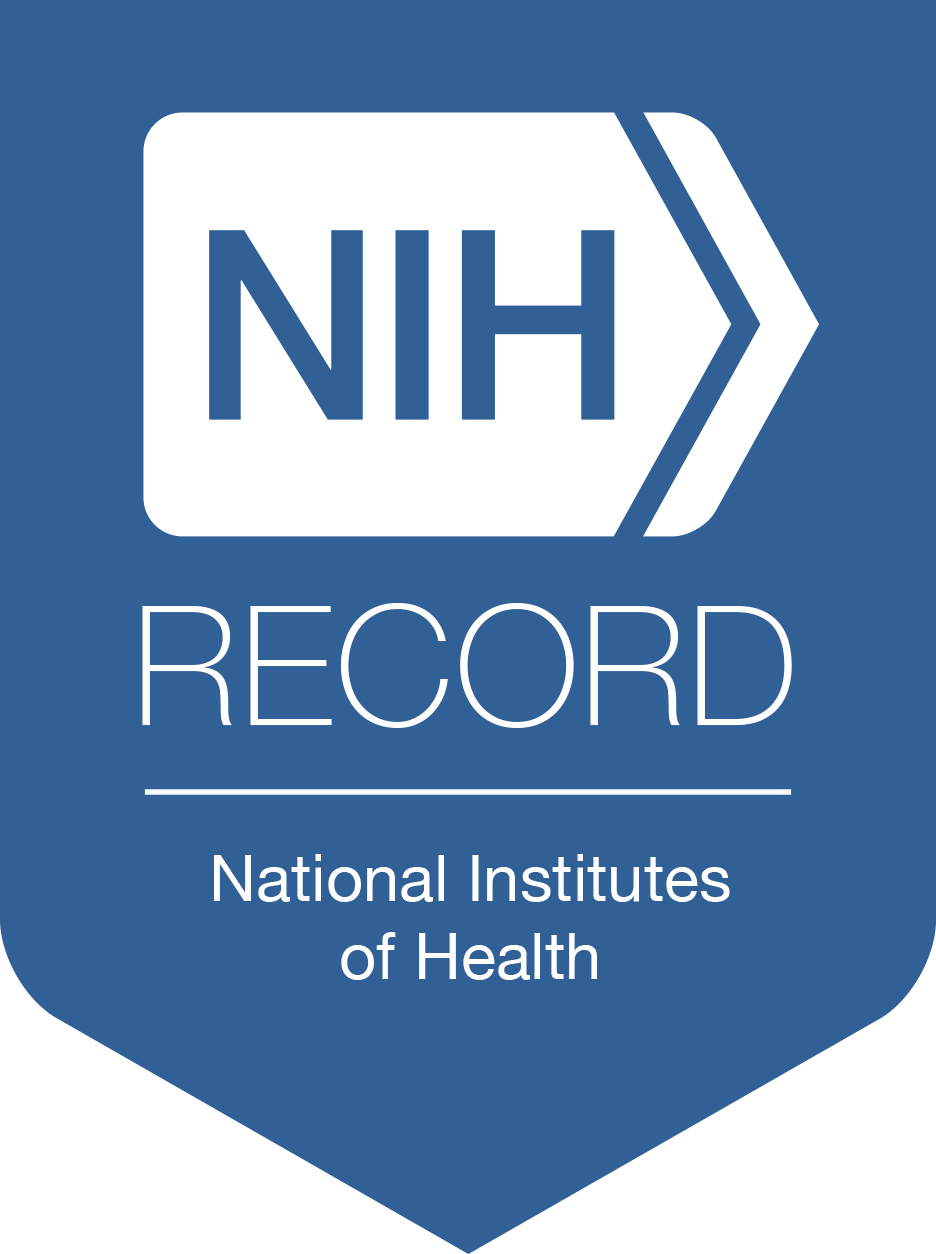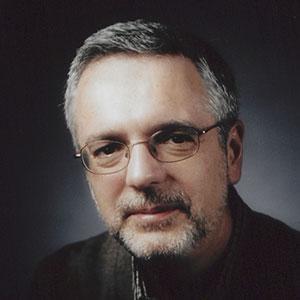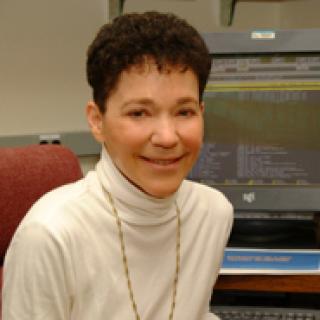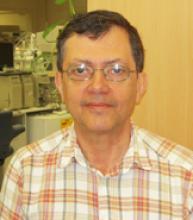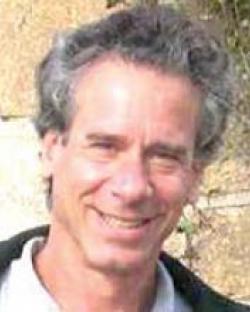NIH'ers Among National Academy of Sciences Electees
The National Academy of Sciences recently announced the election of 120 members and 30 international members in recognition of their distinguished and continuing achievements in original research.
Those elected bring the total number of active members to 2,662 and the total number of international members to 556. International members are nonvoting members of the Academy, with citizenship outside the United States.
The new electees at NIH are:
Dr. Rafael Daniel Camerini-Otero, chief, Genetics and Biochemistry Branch, National Institute of Diabetes and Digestive and Kidney Diseases. His lab studies the fundamental mechanisms behind genetic recombination, the process by which genetic information is melded to produce new traits in an offspring. The goal of his research is to eventually devise new strategies to manipulate complex genomes in the laboratory environment and, in the future, in living organisms.
Dr. Ruth Nussinov, a senior researcher, Cancer Innovation Laboratory, Frederick National Laboratory for Cancer Research, National Cancer Institute. She pioneered the foundational concept that all dynamic proteins have many different shapes, even if only one has been observed experimentally. The shapes are transient, and proteins’ ability to transition between them allows them to fulfill their function in cells, overturning the dogma that one or two shapes are the sole protein forms in a cell. Nussinov’s discoveries help unravel a wide range of biological processes, such as molecular recognition, mechanisms of cancer, and drug actions.
Dr. José Marcos Ribeiro, chief, vector biology section, National Institutes of Allergy and Infectious Diseases. Research in Ribeiro’s lab explores the diverse set of molecules found in the salivary glands of blood-feeding insects and ticks, with the ultimate aim of uncovering new targets for vaccination against diseases transmitted by these organisms.
Dr. David Lawrence Sacks, senior investigator, laboratory of parasitic diseases, National Institute of Allergy and Infectious Diseases. Sacks’ work focuses on the Leishmania parasites that cause the infectious disease known as leishmaniasis, including learning how they interact with the sand flies that transmit the disease and the immune systems of their mammalian hosts.
